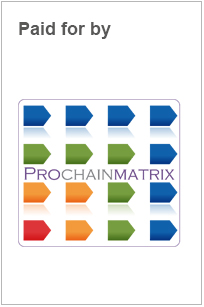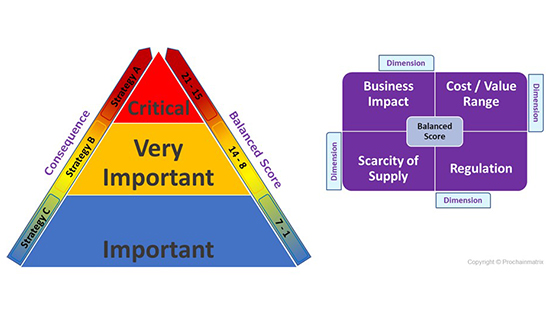Contract management – make an impact on financial health with Prochainmatrix
The organisation’s agreements are a vital asset, which allows the business to understand its risk profile, monitor the service providers and ensure costs are maintained. Are spreadsheets really the best way to manage and monitor such an important asset? And can we continue to underestimate the importance of management of agreements and the impact on financial performance of the organisation?
As a responsible executive of the organisation, can you or any of your senior team answer the following 10 questions without approaching your staff:
- How much of your spend and income budget is covered under some form of agreement?
- Can you access the contracts at your fingertips, when and where you want?
- Which are your top 10% strategic suppliers and top 10% strategic customers?
- Do you have access to the credible enterprise-wide single point of truth?
- Do you have access to the organisation’s policy or strategy on the management of its agreements (contracts)?
- Is contracts management an agenda item in the service review meetings?
- Who is managing the other 90% of suppliers and customers and how?
- How much of the financial improvement plans actively refer and reflect the supplier spend under review?
- During the Covid crises and major services redesign agenda, how do existing agreements feature in the discussions?
- Do you have a clear definition of the above points?
Agreements can be in the form of a service level agreement (SLA), price-list, memorandum of understanding (MoU), commercial, product or service trials, verbal or a full contract with all the relevant and formal schedules. Is one agreement less important than the other? Is a contract worth £1m more important than one worth £10,000? How would you know?
Effective contract management requires key information to be recorded and monitored in a structured manner at regular intervals. Prioritisation is important to help identify which agreements have the most and type of impact and what strategies should be applied to mitigate risk and exploit opportunities.
When applying a prioritisation methodology, it’s important to ensure objectivity and standards across the organisation. This will reduce bias, disagreements and help managers buy-in to the methodology.
There are frameworks that help with the analysis of the spend profile. The Prochainmatrix (PCM) Contracts Management module enables a balanced approach to categorisation to be developed, specific to the needs of the business. A scoring matrix is applied to each selected criteria and a formula produces a prioritisation score. The scoring matrix and formula can be customised to the organisation’s requirements.
The fundamental dimensions for categorisation are: business impact, cost/value range, scarcity of supply; and regulation.
Business impact: this dimension questions if the service or product didn’t exist, then what impact would this have on the running or provision of the service?
Cost/value range: this identifies the cost range.
Scarcity of supply: this dimension highlights how readily available the product or service is to source.
Regulation: this highlights the regulatory impact to the service if the agreement didn’t exist or the contract expired. To what degree would not using the contract make it ‘illegal’ to run or provide a service.
Prioritisation of an agreement can be achieved by either reviewing an agreement against each criteria’s selection, a combination of criteria or balanced across all four dimensions. The PCM formula also allows for a production of a prioritisation score across multiple selections. The prioritisation scores can help develop a number of strategies to answer the following:
- Which contracts are ‘more’ important?
- What approach should be taken when negotiating with suppliers or partners?
- What risk is the organisation exposed to if this contract is not managed?
- What resources are required to manage the organisation’s contracts portfolio?

An approach using a balanced view across all criteria can help the organisation to design methodologies and apply tactics - ensuring targeted attention is given to its contracts portfolio. For example, consider the diagram, prioritisation scores can be clustered and relevant strategies applied. This then allows strategies (A, B or C) to be put into action for specific clusters – enabling a clear, objective and standardised methodology across the enterprise.
This prioritisation approach can help the organisation to identify risks, focus its resources and remain business compliant, while safely exploiting the opportunities that best practice contracts management brings.
Prioritisation and risk analysis of contracts can also have the benefit of highlighting suppliers that are key and important to the enterprise. This in turn allows for the implementation of a structured supplier relationship management (SRM) programme. By prioritising a contract, you are directly prioritising the supplier or the supply-base.
Prochainmatrix (https://www.prochainmatrix.co.uk/) has helped its clients to address the challenge by providing a cloud-based solution, with a structured contracts management methodology
More information is available online or get in contact for a chat about how our solution can help.
Related content
We are excited to bring you a fun packed Eastern Branch Conference in 2025 over three days.
This event is for those that will benefit from an overview of costing in the NHS or those new to costing and will cover why we cost and the processes.